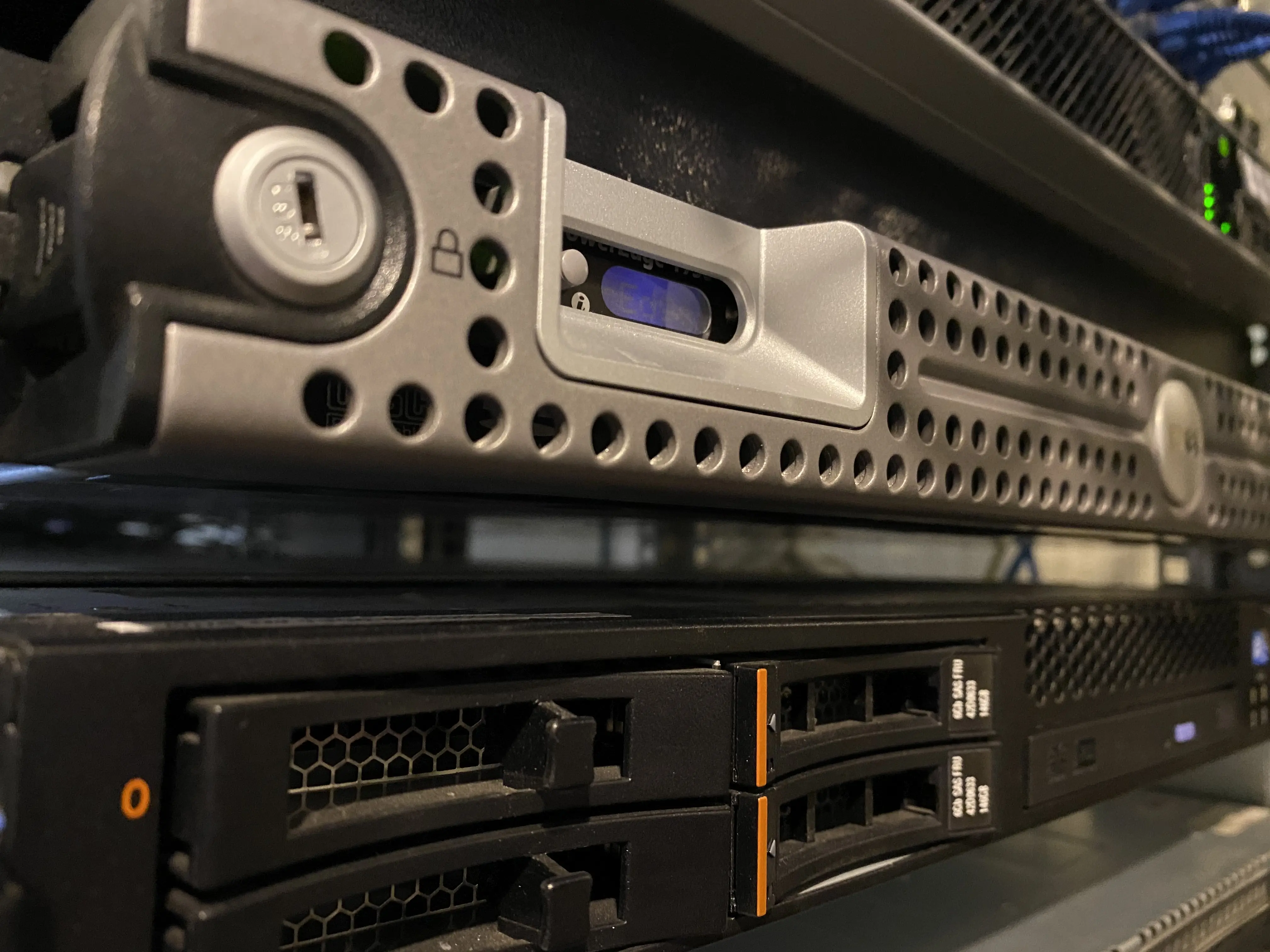
Keeping Operations Running Smoothly with Edge Computing

How the Cloud Changed Business
The shift from data centers to the cloud changed the way businesses run IT. With the cloud, businesses don’t need to buy and maintain their own racks of servers. They just tap into computing and storage online, paying only for what they use.
Challenge of Growing Operations
But here’s the thing, as businesses grow and expand all over different locations, keeping everything running smoothly gets tricky. Not every site has the same level of connectivity, and relying purely on cloud can cause delays or worse, disrupt daily operations. That is exactly why edge computing exists – bringing the processing closer to where work is actually happening.
What Edge Means
So what is edge computing in this context? Basically, it means running business applications locally, in the store, branch, or wherever the operation is. Instead of sending every transaction or system to a central data center, edge computing lets sites run the workload locally. That means the operation keeps running smoothly even when the network isn’t perfect.
Cutting Delays with Local Power
Not all workloads are the same. Some workloads can wait a few seconds for the cloud to respond, while others simply can’t. Applications like point-of-sale systems, self-checkout kiosks, or many other customer-facing services depend on instant responses. Every second counts, and delays caused by cloud limitation can slow things down and result in poor customer service. By processing these critical workloads locally, edge computing cuts down on those delays. Local systems can handle the heavy lifting and transactions in real time, and only send essential data upstream for analytics or long-term storage. That means decisions get made faster, systems run more reliably, and day-to-day operations don’t get bogged down.
The Cloud Can’t Do Everything
Cloud platforms are great for scale, storage, and heavy compute tasks, but just like most systems, they aren’t built to handle every scenario. Take retail as an example. Stores today rely on POS systems, inventory tools, and customer engagement apps running all the time and generate data constantly. If every transaction had to travel back and forth to the cloud, the delays would be obvious. Ever been frustrated by a self-checkout freezing mid-transaction? That’s exactly the kind of lag edge computing solves.
Tekkio in Action
With Tekkio running your workloads locally in the store, those systems keep going even if the connection isn’t reliable. Transactions clear instantly, shelves get restocked on time, and once the network is back, your applications can sync critical data to central systems so HQ always sees the bigger picture.
Edge and Cloud Work Together
Edge computing isn’t here to replace the cloud, it complements it. The cloud handles the heavy lifting: massive storage, global access, long-term analytics. The edge delivers quick responses, local control, and operational resilience. Most modern IT strategies blend the two. The cloud remains the backbone, while the edge fills the gap where speed, reliability, and efficiency matter most, no matter how many sites you’re managing.

October 01, 2025

September 01, 2025

September 25, 2025
Keeping Operations Running Smoothly with Edge Computing

How the Cloud Changed Business
The shift from data centers to the cloud changed the way businesses run IT. With the cloud, businesses don’t need to buy and maintain their own racks of servers. They just tap into computing and storage online, paying only for what they use.
Challenge of Growing Operations
But here’s the thing, as businesses grow and expand all over different locations, keeping everything running smoothly gets tricky. Not every site has the same level of connectivity, and relying purely on cloud can cause delays or worse, disrupt daily operations. That is exactly why edge computing exists – bringing the processing closer to where work is actually happening.
What Edge Means
So what is edge computing in this context? Basically, it means running business applications locally, in the store, branch, or wherever the operation is. Instead of sending every transaction or system to a central data center, edge computing lets sites run the workload locally. That means the operation keeps running smoothly even when the network isn’t perfect.
Cutting Delays with Local Power
Not all workloads are the same. Some workloads can wait a few seconds for the cloud to respond, while others simply can’t. Applications like point-of-sale systems, self-checkout kiosks, or many other customer-facing services depend on instant responses. Every second counts, and delays caused by cloud limitation can slow things down and result in poor customer service. By processing these critical workloads locally, edge computing cuts down on those delays. Local systems can handle the heavy lifting and transactions in real time, and only send essential data upstream for analytics or long-term storage. That means decisions get made faster, systems run more reliably, and day-to-day operations don’t get bogged down.
The Cloud Can’t Do Everything
Cloud platforms are great for scale, storage, and heavy compute tasks, but just like most systems, they aren’t built to handle every scenario. Take retail as an example. Stores today rely on POS systems, inventory tools, and customer engagement apps running all the time and generate data constantly. If every transaction had to travel back and forth to the cloud, the delays would be obvious. Ever been frustrated by a self-checkout freezing mid-transaction? That’s exactly the kind of lag edge computing solves.
Tekkio in Action
With Tekkio running your workloads locally in the store, those systems keep going even if the connection isn’t reliable. Transactions clear instantly, shelves get restocked on time, and once the network is back, your applications can sync critical data to central systems so HQ always sees the bigger picture.
Edge and Cloud Work Together
Edge computing isn’t here to replace the cloud, it complements it. The cloud handles the heavy lifting: massive storage, global access, long-term analytics. The edge delivers quick responses, local control, and operational resilience. Most modern IT strategies blend the two. The cloud remains the backbone, while the edge fills the gap where speed, reliability, and efficiency matter most, no matter how many sites you’re managing.

October 01, 2025

September 01, 2025

September 25, 2025